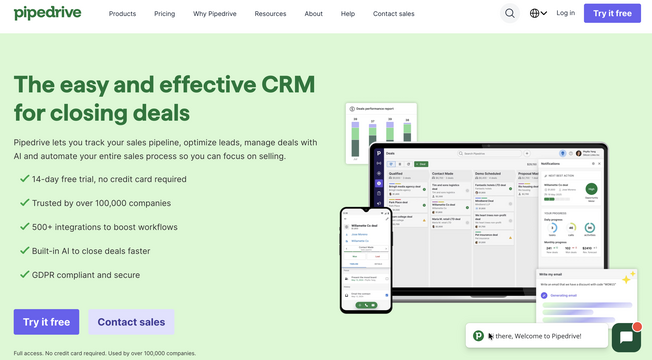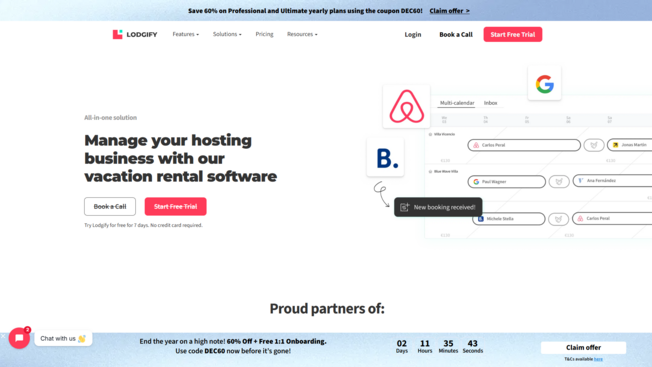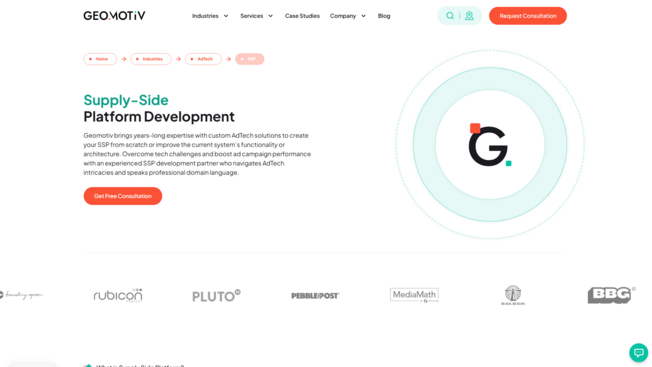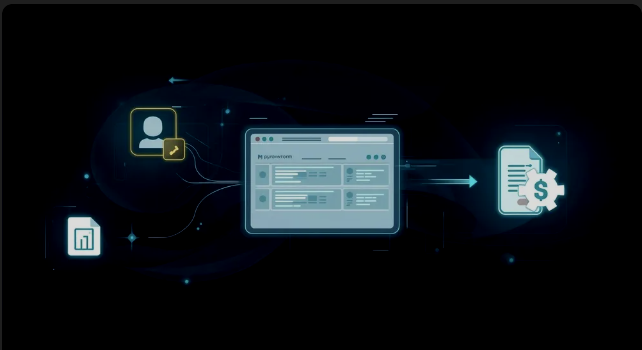
- @BusinessSpeedNetworking
- @GeniusuCitizens
- @Genius50StartupEntrepreneurs
- @EntrepreneurCampus
- @AiToolsForBusiness
AI technology has made remarkable progress in the last few decades. We have seen AI grow from basic rule-based systems to sophisticated machine learning models. Agentic AI stands out as one of the most important breakthroughs in AI technology's potential and capability.
Agentic AI definition and purpose
Agentic AI systems accomplish specific goals with minimal supervision. These systems stand apart from traditional AI models that work within predefined constraints. The word "agentic" describes these models' ability to act independently and purposefully as they make decisions and take actions to achieve objectives [1].
Machine learning models called AI agents form the foundation of agentic AI. These agents copy human decision-making patterns to solve problems live [1]. Complex systems often use multiple agents working together, with each agent handling specific subtasks needed to reach the overall goal.
Agentic AI's main goal enables systems to work autonomously in ever-changing environments. These systems can:
· Maintain long-term goals and track progress
· Manage multi-step problem-solving tasks without constant oversight
· Adapt strategies based on new information and feedback
· Act proactively rather than just reactively
How it is different from traditional and generative AI
shows clear progress beyond both traditional and generative AI. Traditional AI follows fixed rules and predefined outcomes in structured, deterministic ways Agentic AI[2]. Agentic AI makes use of probabilistic approaches and adapts to changing environments with great flexibility [2].
Generative AI models like ChatGPT focus on creating content—text, images, code, or other media—based on learned patterns [3]. Though powerful, generative AI responds to user prompts rather than taking independent action.
Key differences between agentic AI and generative AI include:
Focus: Generative AI creates content, while agentic AI takes action [3]. Forbes explains it simply: "One creates, and the other acts" [3].
Autonomy level: Generative AI needs human input and oversight. Agentic AI works more independently as it makes decisions and executes tasks on its own [3].
Task complexity: Generative AI handles specific tasks like text or image generation. Agentic AI manages complex, multi-step processes that need reasoning and strategic planning [3].
Adaptability: Agentic AI constantly adapts to new information live. Generative AI remains largely static and produces outputs based on its training data without real-time adaptation [3].
Why it's gaining traction now
Several technological breakthroughs have pushed agentic AI into the spotlight. Industry experts report to use AI agents in their workflow this year 52% of organizations plan[3]. Gartner predicts that AI agents will make 15% of day-to-day work decisions autonomously by 2028, up from 0% in 2024 [4].
This rapid adoption stems from several factors:
Advanced LLMs: Powerful large language models like GPT-4 now provide the foundational "brains" for agentic AI. These models enable natural language understanding and reasoning capabilities [3].
Enterprise integration: Better technology integration allows agentic AI to access organizational data and tools across previously separate systems [2].
Extended capabilities: Agentic AI can actively search the web, call APIs, and query databases for real-time information, unlike static models limited by training data [3].
Cloud computing breakthroughs: Cloud platforms offer scalable computing power and storage. This resilient infrastructure helps deploy complex AI models effectively [2].
Business value recognition: Companies now see agentic AI's potential to streamline complex workflows, improve decision-making, and drive operational improvements [3].
The move from generative to agentic AI marks a fundamental change in our AI interactions. We now see AI systems that independently pursue goals and take meaningful action rather than simply responding to prompts.
Introduction to AI Agentic Tools
Agentic AI tools will revolutionize organizational operations. Gartner predicts that will include agentic AI by 2028—up from just 1% in 2024. This prediction stands out to me as I track AI developments. It points to a radical alteration in our relationship with technology. 33% of enterprise software
Agentic AI differs from conventional AI systems in a fundamental way. These systems work independently to complete complex tasks and handle workflows with minimal human input. They combine several capabilities: decision-making, integrated multitasking, adaptive learning, and contextual understanding. While generative AI creates content, agentic AI goes further. It analyzes problems, develops strategies, and acts on them based on specific goals.
The results are remarkable. Some agentic AI platforms have reached in customer service. They deliver results in weeks instead of months. On top of that, it's worth noting that only about one-fourth of employees feel confident using AI tools at work. This shows why we need more accessible solutions—exactly what agentic AI wants to provide. Up to 80% auto-resolution rates,
This piece covers everything about agentic AI technology. You'll learn its core principles and what makes it unique from other AI types. We'll look at the leading tools that are changing industries today. Companies that want to optimize operations or boost employee experiences must understand this fast-evolving technology to stay competitive.
Read the rest of the article - click here: Complete Guide to Agentic AI Tools

















Leave a Reply